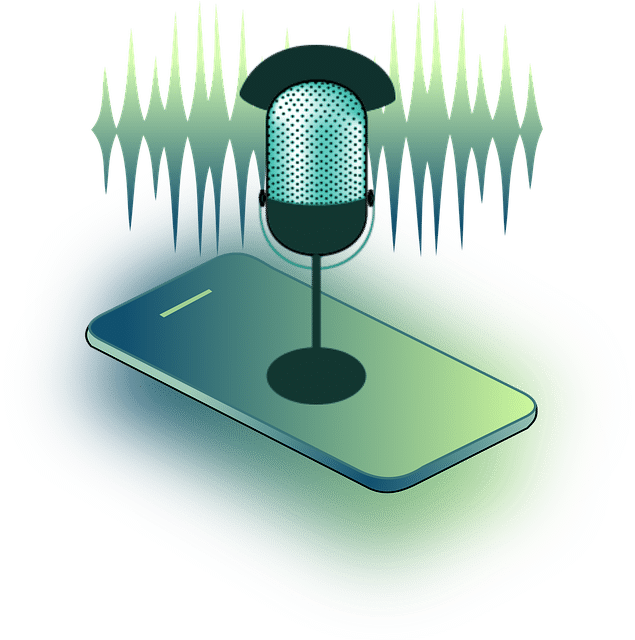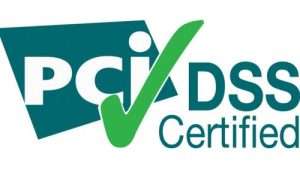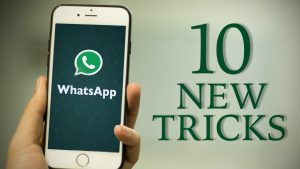How Voice Recognition System helps Machine Learning

With all of the challenges that artificial intelligence and voice recognition technology pose in this day and age, everyone is starting to ask these questions.
- What are the benefits of voice recognition?
- How are we going to overcome these challenges?
In this article, I will try to give you some of the answers you need to know.
Hopefully, by the time you’re done reading this, you’ll have a better understanding of what this technology means and how you can use it in your business and even personal life.
What are the benefits of voice-recognition methods?
Simply put, it’s an automated system that takes audio from a source and attempts to identify and recognize speech within it.
Today, this technology looks like it’s going to be the most powerful platform for speech recognition.
If you don’t already use it, you are missing out on many of the potential benefits.
- Accuracy
Perhaps, one of the first areas you’ll hear covered when talking about voice recognition methods is performance accuracy.
You may think that this topic is irrelevant for those just trying to take dictation or record a lecture.
It’s a very valid question. After all, we don’t all have perfect memory and we don’t all deliver lectures with perfect punctuation and syntax.
However, if you are using speech-recognition software to help you train your team, you need to make sure that this technology is accurate enough to allow you to provide good service.
If it’s not, you’ll be losing a lot of money because your customer won’t get the experience they expect.
- Identifying Speech Patterns
One more area you might not have thought of involves hidden Markov models.
You may not know anything about these models if you’re not interested in deep learning.
Hidden Markov models are used by many speech recognition systems to quickly identify speech patterns and create an audio artifact similar to what’s sometimes called “The beating of a drum”.
This is very useful for training purposes since it allows you to teach your team to recognize particular speech patterns.
A good example of this would be a teleconference call between multiple people, where you want your team to be able to quickly figure out who did what on the call without having to show them exactly what was said.
One more area that these software programs can help you with is identifying pauses and intonations in voice signals.
It’s a well-known fact that human speech varies a lot from one person to another, and sometimes it can be difficult to judge when someone is simply talking too fast or too slow.
These software programs can take any speech and analyze it, identifying the pace, pitch, enunciation, and even inflections that the speaker might use.
This makes it much easier for you to teach your team how to correctly speak with each other so that they can use the system to communicate more effectively.
- Speech Quality
Additionally, another area that often gets overlooked is the quality of speech.
This is especially important if you are presenting a product or service to someone who doesn’t speak English.
In the past, there were a few different solutions to getting a runtime pitch, but most of them were either confusing or inaccurate.
Today, though, you can get software that will read any sort of voice signal for an English-speaker, so the quality of speech should be irrelevant when you are trying to train your team to talk faster.
Another area that these programs can help you with is identifying and isolating voice-recognition algorithms that can help you generate more accurate results.
Types of Voice-recognition Algorithm
There are two types of algorithm you can use – the first is the fmin and the second is the fmax filter bank.
The fmin is a very simple filter bank, which takes a very high level of frequency to generate speech, while the fmax is much more complex and is used for situations where there’s a good degree of variability.
Using the fmin and the fmax filter banks together can give you very high-quality voice recognition results, but it’s often useful to have separate software for each type of algorithm, simply because situations will call for different types.
In general, a speech-recognition system machine learning, and training need a data set of around 250 phrases.
This will be enough to allow the machine to start to recognize what you say, as well as what you’re trying to say.
However, this doesn’t mean that you shouldn’t change the phrases that it puts together.
You should try to make sure that the final phrase that the program generates matches the final result of what you said in the beginning.
This will greatly reduce any mistakes that you might accidentally make when the software starts actually working.
You can easily fine-tune your machine during the course of your training.





